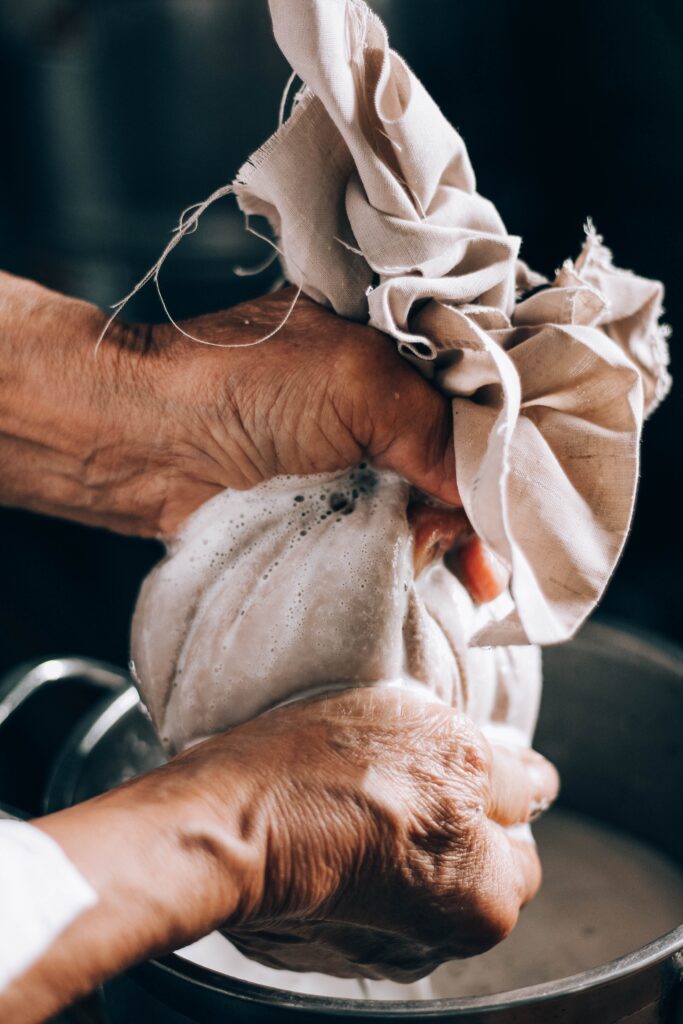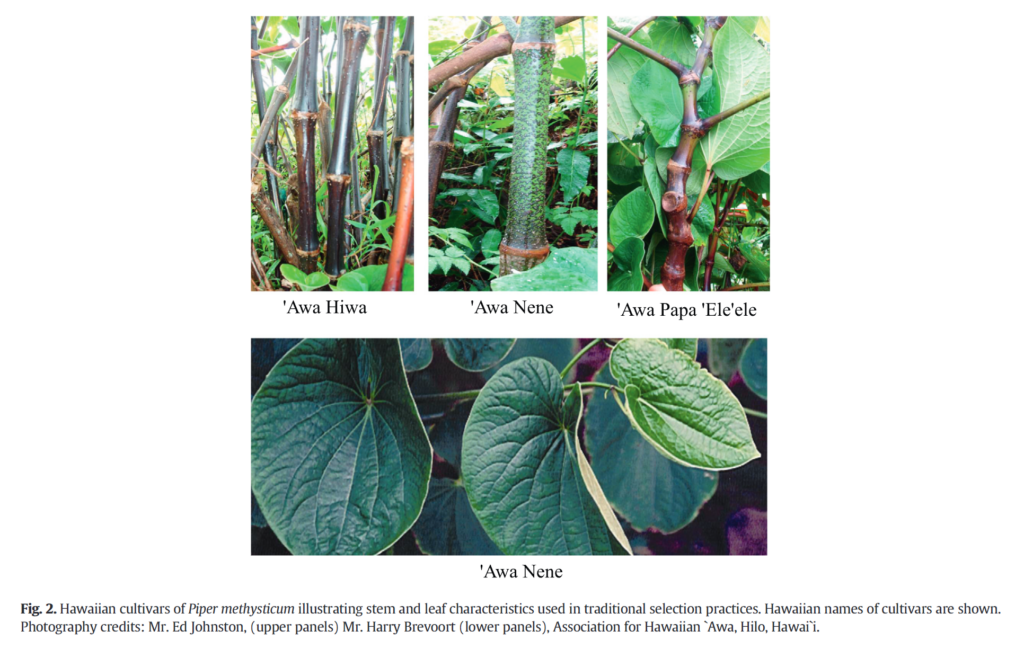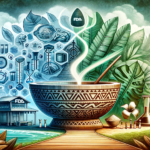
Summary of: Contemporary Pacific and Western Perspectives on `awa (kava) (Piper Methysticum) Toxicology. By: Angelique F. Showman, Jonathan D. Baker, Christina Linares, Chrystie K. Naeole, Robert Borris, Edward Johnston, Jerry Konanui, and Helen Turner
Citation: Showman, Angelique F., Jonathan D. Baker, Christina Linares, Chrystie K. Naeole, Robert Borris, Edward Johnston, Jerry Konanui, and Helen Turner. 2015. “Contemporary Pacific and Western Perspectives on `awa (Piper Methysticum) Toxicology.” Fitoterapia 100 (January): 56–67. https://doi.org/10.1016/j.fitote.2014.11.012.
Summary
Introduction to Kava
This indigenous elixir of the Pacific, scientifically known as Piper methysticum, is a shrub-like plant native to Oceania, including Polynesia, Melanesia, and Micronesia. This intriguing plant was domesticated around 3000 years ago in Vanuatu and spread throughout the region by Austronesian colonists. The rich cultural significance and various applications have made it a subject of interest and study.
Historical and Geographical Perspectives
Kava’s history is deeply intertwined with Pacific cultures, where it was considered sacred. In Native Hawaiian culture, kava, or ‘awa, was associated with gods and rituals. It was believed to have the power to relax the mind and body, making it an essential part of various ceremonies, hospitality, and feasting.
The use of this sacred plant was not limited to spiritual practices. Medical practitioners in the region also found many uses for the plant, recognizing its therapeutic properties. From rites of passage to preparations for war or battle, it played a central role in the lives of the Pacific people.
Contemporary Exposures
In contemporary times, kava continues to be a significant part of Pacific culture. It is still consumed in the region, prepared in a semi-traditional manner. The drinking protocols and social meanings continue to evolve, reflecting modern shifts in perspective and social relations.
Kava’s popularity boomed in the 1990s, leading to its use as a nutraceutical. Formulated as pills and liquid extracts, it became an analog to anti-anxiety drugs, appealing to non-Pacific audiences seeking natural remedies.
Cultivars and Variability
Different cultivars of kava and variations in manufacturing and preparation can lead to variability in its effects. The traditional method of preparation involves mixing the powder or crushed root with water, straining by hand, and consuming it as a social drink. This method preserves the communal aspect of consumption.
Nontraditional forms are solvent-extracted and not consumed socially. These modern methods have introduced new ways to enjoy it, but they also raise questions about authenticity and the preservation of cultural practices.

Benefits of Consumption
Kava has been suggested to have potential chemopreventive (anti-cancer) actions. It has been used in the treatment of anxiety disorders, generalized anxiety disorder, and specific social phobia. Studies have also shown its effectiveness in reducing anxiety in perimenopausal women and its sedative and hypnotic effects.
The therapeutic benefits of kava have led to increased interest in its potential as a natural remedy for various mental health conditions.
Concerns and Toxicity
Despite its benefits, questions have been raised about some possible toxicity, particularly its hepatotoxicity. Some studies have focused on the enantiomers of components (+/-Kavain) and toxicity, and there have been reports of hepatic toxicity associated with kava-containing products. It should be known that while these areas have been explored, they have returned no indicators of hepatotoxicity. Furthermore, racemic kavain was not seen to cause toxicity, as once thought.
These concerns have led to ongoing research and debate about the safety of kava, especially in non-traditional forms and higher concentrations such as solvent-based extractions.
Conclusions and Open Questions
The document concludes with open questions regarding kava’s toxicity and its entourage effect. The contemporary use presents two distinct patterns of consumption: social drinking and nutraceutical consumption. The amount consumed, preparation methods, and social context vary significantly between these practices.
The exploration of Oceania’s traditional beverage’s rich history, cultural significance, therapeutic benefits, and potential risks provides a comprehensive understanding of this fascinating plant. As interest in kava continues to grow, so does the need for continued research and respectful engagement with the traditions that have nurtured kava for centuries.
In conclusion, kava remains a complex and multifaceted subject, reflecting the diversity and depth of the Pacific cultures that have embraced it. Its story is a testament to the power of nature and the enduring connection between people and plants.


